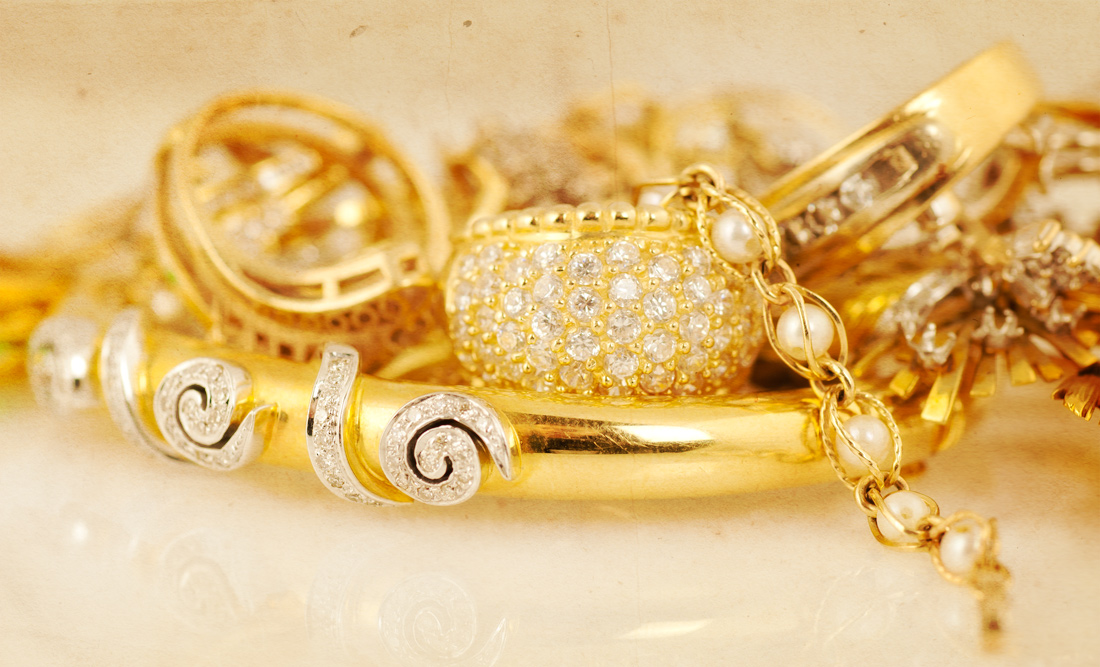Lab-Grown Diamonds: The Future of Sustainable Luxury
3 min read
In an age where sustainability and ethical sourcing are becoming central to consumer choices, a remarkable shift is occurring in the world of luxury jewelry. Lab-grown diamonds, once viewed with skepticism, are now emerging as the future of ethical luxury. Are these diamonds really the answer to the ethical and environmental concerns surrounding traditional diamond mining? And how do they stack up against their natural counterparts in terms of quality, price, and desirability? Let’s dive into the sparkling world of lab-grown diamonds to uncover what makes them the future.
A New Era of Diamonds
Lab grown diamonds are the future, also known as synthetic or cultured diamonds, are not a new concept. However, their rise in popularity has been nothing short of meteoric. What makes them different from natural diamonds? The answer lies in their origin. While natural diamonds are formed over millions of years deep within the earth, lab-grown diamonds are created in a matter of weeks in specialized laboratories. Despite this rapid production, they share the same chemical composition and crystal structure as natural diamonds, making them identical in every way except for their creation process.
Ethics and Sustainability: A Clear Advantage
One of the key factors driving the adoption of lab-grown diamonds is their ethical and environmental appeal. Traditional diamond mining has long been associated with human rights abuses, conflict zones, and severe environmental damage. In contrast, lab-grown diamonds are produced in controlled environments without the need for large-scale mining operations. This not only reduces the carbon footprint but also ensures that the diamonds are conflict-free. As consumers become more conscious of their purchasing decisions, lab-grown diamonds offer a guilt-free alternative to traditional diamonds.
Quality and Versatility: Shining Just as Bright
But what about the quality? Can lab-grown diamonds truly compete with natural ones? The answer is a resounding yes. Lab-grown diamonds are indistinguishable from natural diamonds to the naked eye. In fact, even experts often need specialized equipment to tell them apart. Because they are grown in controlled conditions, lab-grown diamonds can be produced in a wide range of shapes, sizes, and colors lab diamonds, offering greater versatility to jewelers and designers. This flexibility allows for more innovative designs and personalized jewelry pieces.
Price and Accessibility: Diamonds for Everyone
Another significant advantage of lab-grown diamonds is their cost. Because they don’t require extensive mining operations, transportation, and other associated costs, lab-grown diamonds are generally more affordable than natural diamonds. This price difference opens up the world of luxury jewelry to a broader audience, making diamonds more accessible to those who might not otherwise consider purchasing them. It’s an exciting development that democratizes the diamond market and allows more people to enjoy the beauty and elegance of diamonds without breaking the bank.
Embracing the Future of Diamonds
As lab-grown diamonds gain traction, the jewelry industry is embracing this shift. Major jewelry brands are incorporating lab-grown diamonds into their collections, signaling a broader acceptance of this sustainable and ethical alternative. From engagement rings to everyday accessories, lab-grown diamonds are making their way into every facet of the jewelry market.
So, are lab-grown diamonds the future of sustainable luxury? With their ethical advantages, high quality, versatility, and affordability, it seems the answer is a sparkling yes. As consumers continue to prioritize sustainability and ethical sourcing, lab-grown diamonds are set to become a mainstay in the world of luxury jewelry, offering a brighter, more sustainable future for the entire industry.





